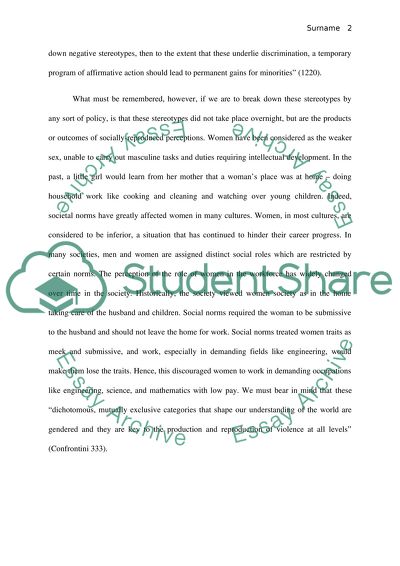Cite this document
(“Why affirmative action is still needed in 2012 Essay”, n.d.)
Retrieved from https://studentshare.org/journalism-communication/1463517-why-affirmative-action-is-still-needed-in
Retrieved from https://studentshare.org/journalism-communication/1463517-why-affirmative-action-is-still-needed-in
(Why Affirmative Action Is Still Needed in 2012 Essay)
https://studentshare.org/journalism-communication/1463517-why-affirmative-action-is-still-needed-in.
https://studentshare.org/journalism-communication/1463517-why-affirmative-action-is-still-needed-in.
“Why Affirmative Action Is Still Needed in 2012 Essay”, n.d. https://studentshare.org/journalism-communication/1463517-why-affirmative-action-is-still-needed-in.


